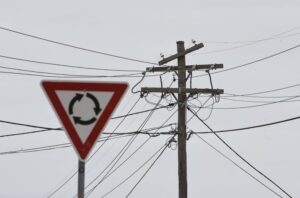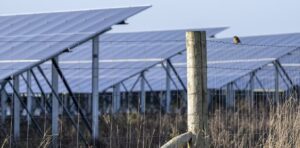Silex Systems says the first 1MW demonstration plant of its concentrating photovoltaic (CPV) solar power technology will be built at a site in California as it seeks to tap into the burgeoning US market.
Silex says its Solar Systems subsidiary, which has recently opened a 500kW pilot plant in Bridgewater, Victoria and is constructing a 2MW demonstration plant near Mildura, a fore-runner to a 102MW installation, will build the grid-connected facility in Beaumont, about 130kms east of Los Angeles.
“Securing the Beaumont site is another significant step forward in the commercialisation of Solar Systems’ unique ‘Dense Array’ CPV technology,” Silex Systems CEO Dr Michael Goldsworthy said in a statement.
“The Beaumont facility will allow potential US customers to observe and measure the performance of the ‘Dense Array’ CPV system first hand.” Goldsworthy said the company was excited about the commercial potential of this technology in the US market, which is expected to grow strongly over the next decade and beyond.
Silex Systems will fund the cost of the facility itself, although it expects the plant to be eligible for the US Federal Government’s Renewables Income Tax Credit Scheme, which could account for up to 30% of the capital costs. The plant is expected to be constructed by mid-2013 and it is about to negotiate a power purchase agreement with the local power utility Southern California Edison, which could provide a “small” revenue stream.
The California plant will feature around 30 of its unique dish systems, that it deploys in a so-called “dense array” that achieves conversion efficiency from its cells of more than 40 per cent – more than double some of the best silicon-based conventional cells in commercial production around the world. Silex Systems says its technology is ideally suited to large utility-scale deployment, especially in regions such as the western half of the US, where there are excellent solar resources. The company is also looking for a demonstration site in the Middle East.
In a recent interview with RenewEconomy, Goldsworthy said he believed the technology would be “very low cost” and believed it was already competitive with other PV technologies. Asked if that meant it was within the industry estimates of $150-$220/MWh for utility-scale PV, Goldsworthy replied: “We think we are well and truly there, and we’ll need to get lower than $150/MWh as we ramp up volume.”








